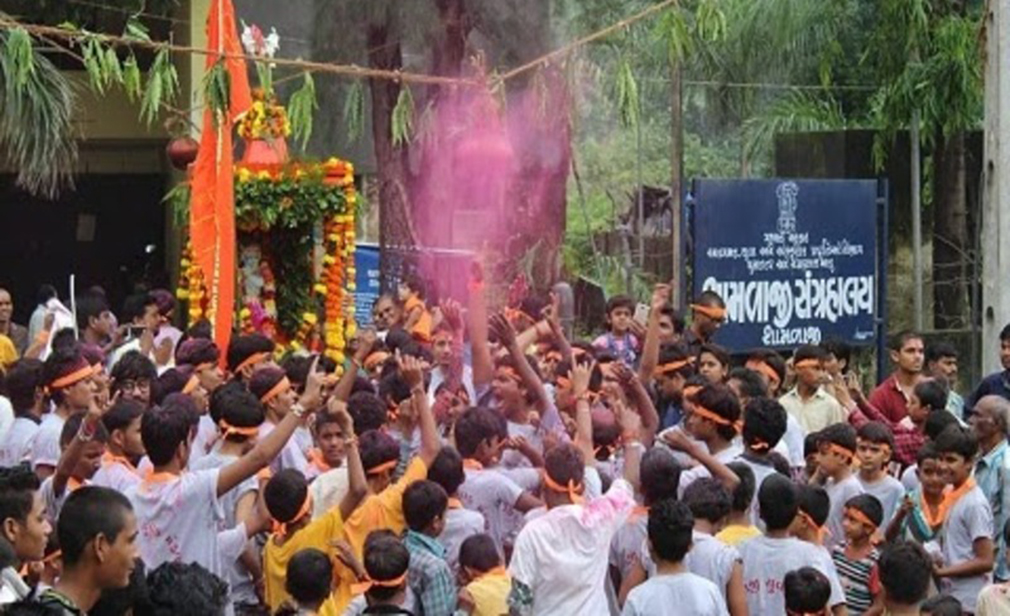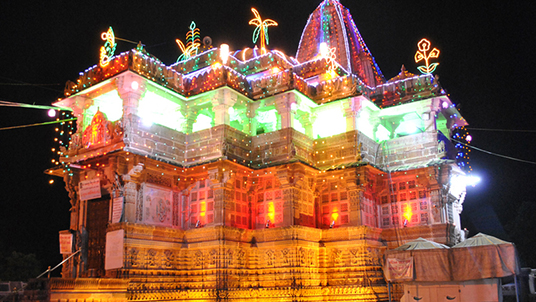Uniting in faith and tradition
The rituals of Shamlaji Melo are steeped in tradition. Before entering the temple, pilgrims take a holy dip in the sacred waters of river Meshwo, which adds a profound spiritual dimension to their journey. Devotees of various communities address the deity as 'Kaliyo Bavji, Kaliyo Dev or Kaliyo Thakar (Dark Divinity). The atmosphere resonates with devotional songs. Colourful banners bearing sacred symbols flutter in the wind, adding to the celebratory air at the fair.
Shamlaji Melo isn't just a religious event; it's also a cultural extravaganza. The fair offers a platform to witness the rich heritage of Gujarat up close. Visitors can immerse themselves in the local culture, savouring traditional cuisine, and purchasing handicrafts as souvenirs. The fairgrounds come alive with cultural performances, showcasing the diverse talents and artistic expressions of the region.
The heart-warming essence of Shamlaji Melo lies in its inclusivity. Despite their varied backgrounds, pilgrims from different castes and communities unite here, exemplifying the secular spirit of India.
Historical echoes and legendary marvel
Shamlaji, with its Shamlaji temple, has a rich historical background. There are several legends associated with its creation.
As per one, Lord Brahma once set out to find out the best tirtha (sacred site) on earth. After seeing several places, he came to Shamlaji, which he liked the most and performed penance here for a thousand years. Pleased with him, Lord Shiva asked him to perform a yajna (ritual). At the beginning of the yajna, Lord Vishnu manifested himself in the form of Shamlaji, and was enshrined at this place.
Another legend has it that Vishwakarma, the architect of the Gods, constructed this temple in one night, but as it was morning by the time he completed it, he could not take it with him and had to return leaving it here.
According to yet another legend, an Adivasi found the idol of Lord Shamlaji while ploughing his land. He worshiped it by lighting a lamp every day and was blessed for his faith by having an abundant yield in his farm. Hearing about this, a Vaishnava merchant built the temple and installed the idol therein, which was later beautified over the years.




























